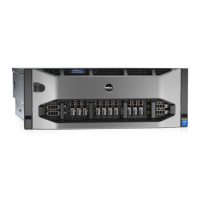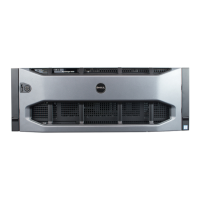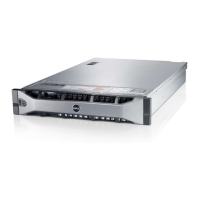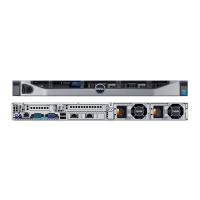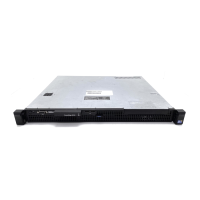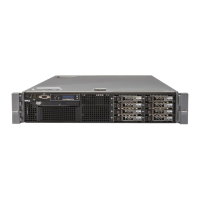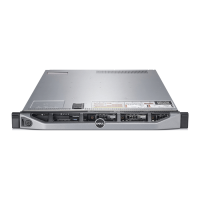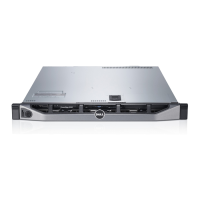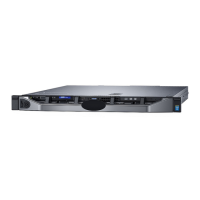Dell
Dell PowerEdge R910 Technical Guide 17
TPM is enabled through a BIOS option and uses HMAC-SHA1-160 for binding. A Trusted Computing
Module (TCM) version of the planar is available for use where TCM is the standard, for example, in
China.
4.9.5 Power Off Security
The control panel is designed such that the power switch cannot be accidentally activated. The lock
on the bezel secures the switch behind the bezel. In addition, there is a setting in the CMOS setup
that disables the power button function.
4.9.6 Intrusion Alert
A switch mounted on the cooling shroud is used to detect chassis intrusion. When the cover is
opened, the switch circuit closes to indicate intrusion to the iDRAC6. When enabled, the software
can provide notification to the customer that the cover has been opened.
4.9.7 Secure Mode
BIOS has the ability to enter a secure boot mode via Setup. This mode includes the option to lock out
the power and NMI switches on the Control Panel or set up a system password.
4.10 USB Key
An optional USB memory key installed inside your system can be used as a boot device, security key,
or mass storage device. The USB connector must be enabled by the Internal USB Port option in the
Integrated Devices screen of the System Setup program.
To boot from the USB memory key, configure the USB memory key with a boot image and then
specify the USB memory key in the boot sequence in the System Setup program.
4.11 Battery
A replaceable coin cell CR2032 3V battery is mounted on the planar to provide backup power for the
Real-Time Clock and CMOS RAM on the ICH10 chip.
4.12 Field Replaceable Units (FRU)
The planar contains a serial EEPROM to store FRU information including Dell part number, part
revision level, and serial number. The backplane SEP and the power supply microcontroller are also
used to store FRU data.
4.13 User Accessible Jumpers, Sockets, and Connectors
For detailed information, see the Jumpers and Connectors section in the PowerEdge R910 Hardware
Owner’s Manual on Support.Dell.com/Manuals.
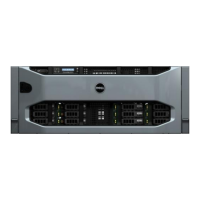
